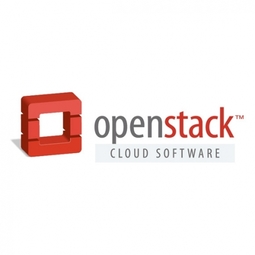Customer Company Size
Mid-size Company
Region
- Pacific
- America
Country
- Australia
- United States
Product
- OpenStack
- DreamHost Cloud
- Ansible
Tech Stack
- OpenStack
- Ansible
- Perl
Implementation Scale
- Enterprise-wide Deployment
Impact Metrics
- Cost Savings
- Productivity Improvements
- Digital Expertise
Technology Category
- Infrastructure as a Service (IaaS) - Cloud Computing
- Infrastructure as a Service (IaaS) - Cloud Storage Services
- Platform as a Service (PaaS) - Connectivity Platforms
Applicable Industries
- Telecommunications
- Software
Applicable Functions
- Business Operation
- Quality Assurance
Services
- Cloud Planning, Design & Implementation Services
- System Integration
- Testing & Certification
About The Customer
atmail is an Australian company headquartered in Peregian Beach, Queensland, providing email solutions for service providers, including ISPs, HSPs, telecoms, global corporations, and government agencies in Australia and the U.S. The company operates in the background, ensuring the delivery of emails for over 150 million accounts across nearly 100 countries. atmail's infrastructure is powered by OpenStack, and they have gradually migrated from hardware to virtualized environments. The company is known for its focus on security, performance, and scalability, and it continuously seeks to improve its services through cloud-based solutions.
The Challenge
atmail faced the challenge of replacing aging hardware in multiple data centers to maximize cost efficiency and increase flexibility. They needed to transition to a cloud-based infrastructure with minimal impact on their customers. The company had to revisit their architecture at both the software and infrastructure layers to ensure security, performance, and scalability. The transition involved significant decisions about what to re-code and what to work around, as their pre-cloud setup was based on the idea of a mail server in a box. Automation and testing were critical components of this transition.
The Solution
atmail chose OpenStack-powered DreamHost Cloud to transition from hardware to a virtualized infrastructure. They partnered with DreamHost to ensure a smooth transition with minimal customer impact. The solution involved revisiting their architecture, focusing on security, performance, and scalability. Automation was a key component, utilizing Ansible's OpenStack module and in-house Perl scripts. The transition required extensive testing to maintain server performance and service levels. The migration process involved significant data handling and overcoming networking and storage challenges. The companies learned valuable lessons about simplifying architecture, dedicating resources, and maintaining direct communication with engineers.
Operational Impact
Quantitative Benefit

Case Study missing?
Start adding your own!
Register with your work email and create a new case study profile for your business.
Related Case Studies.

Case Study
Vodafone Hosted On AWS
Vodafone found that traffic for the applications peak during the four-month period when the international cricket season is at its height in Australia. During the 2011/2012 cricket season, 700,000 consumers downloaded the Cricket Live Australia application. Vodafone needed to be able to meet customer demand, but didn’t want to invest in additional resources that would be underutilized during cricket’s off-season.

Case Study
SKT, Construction of Smart Office Environment
SK T-Tower is the headquarters of SK Telecom. Inside the building, different types of mobile devices, such as laptops, smartphones and tablets, are in use, and with the increase in WLAN traffic and the use of quality multimedia data, the volume of wireless data sees an explosive growth. Users want limitless Internet access in various places in addition to designated areas.











